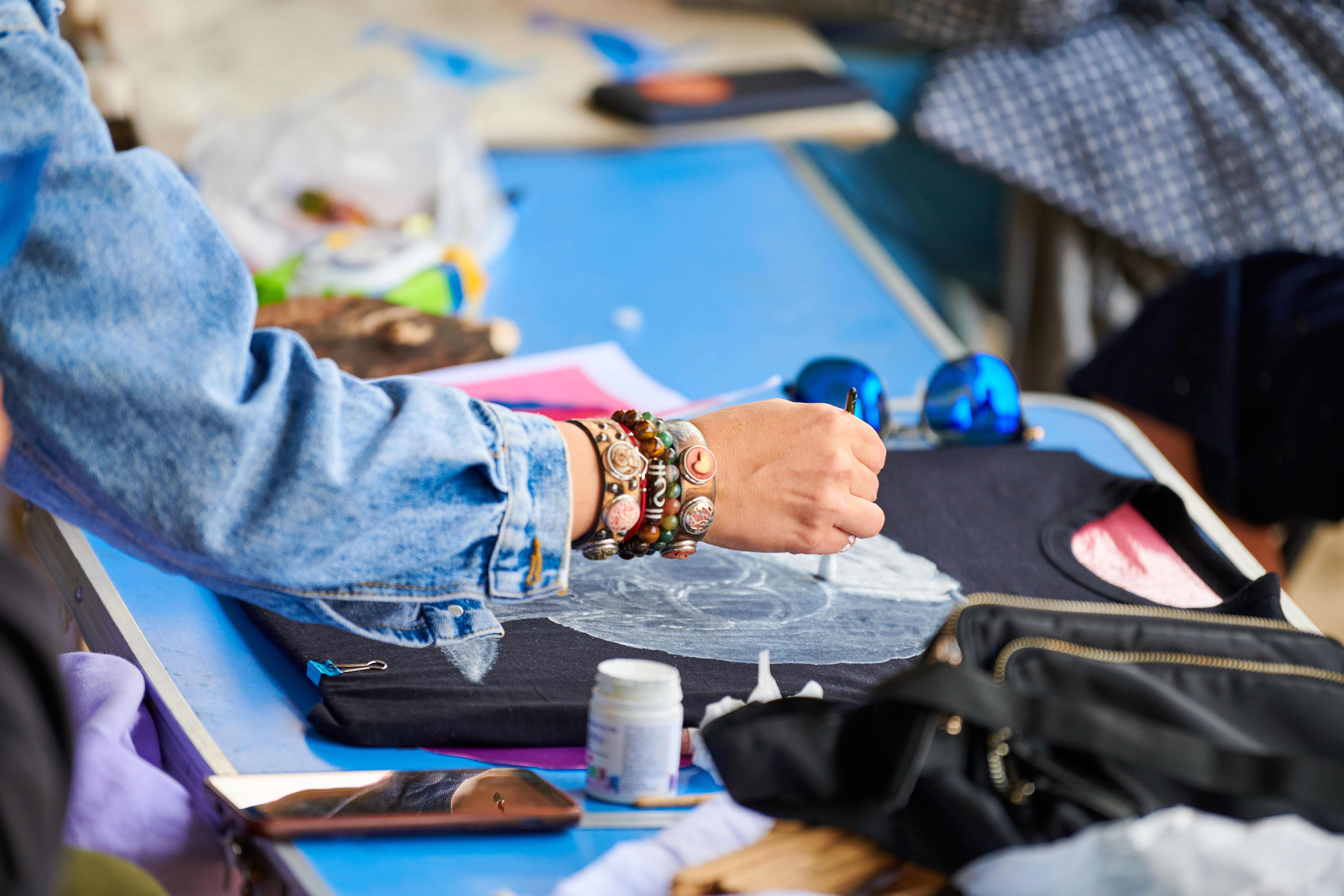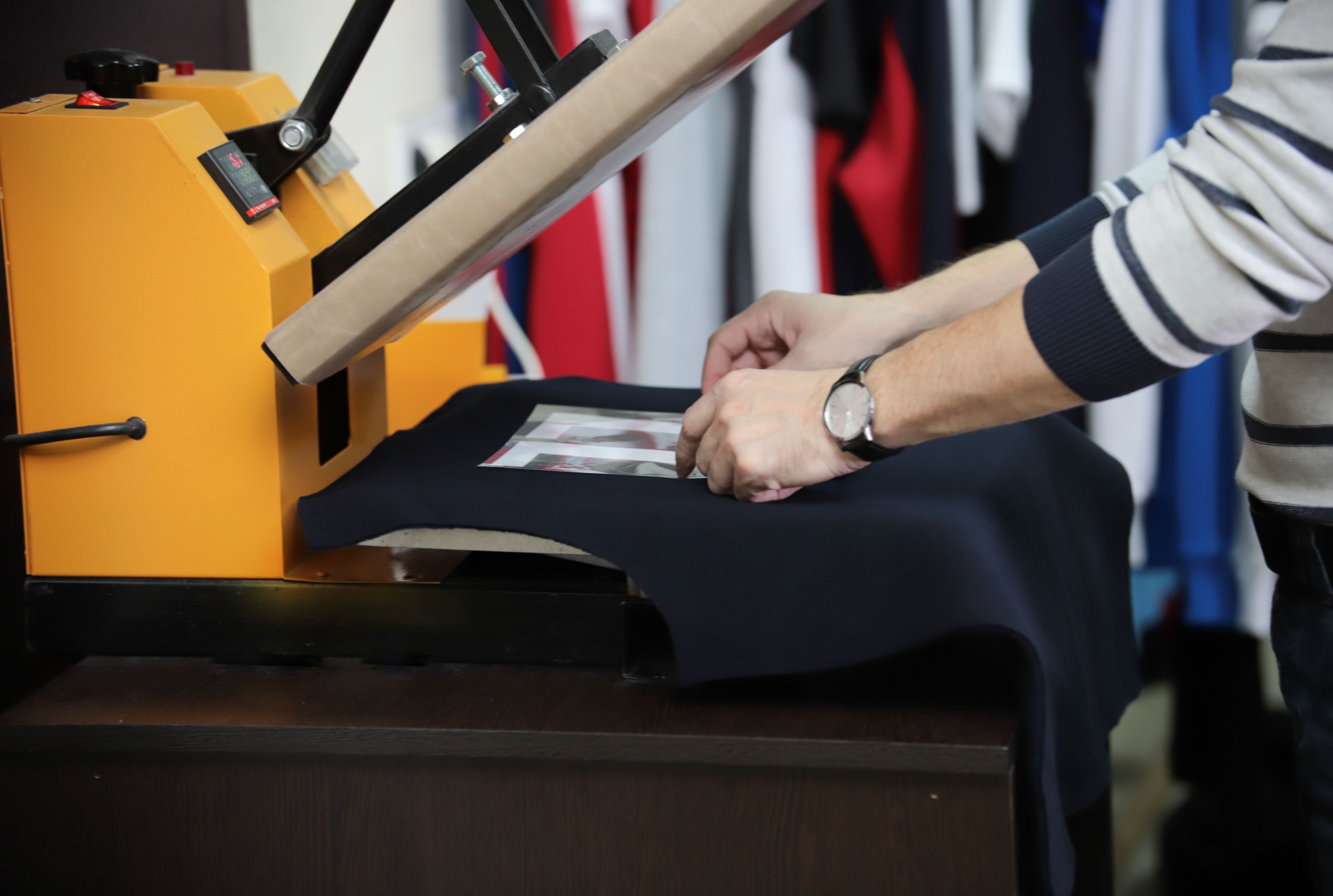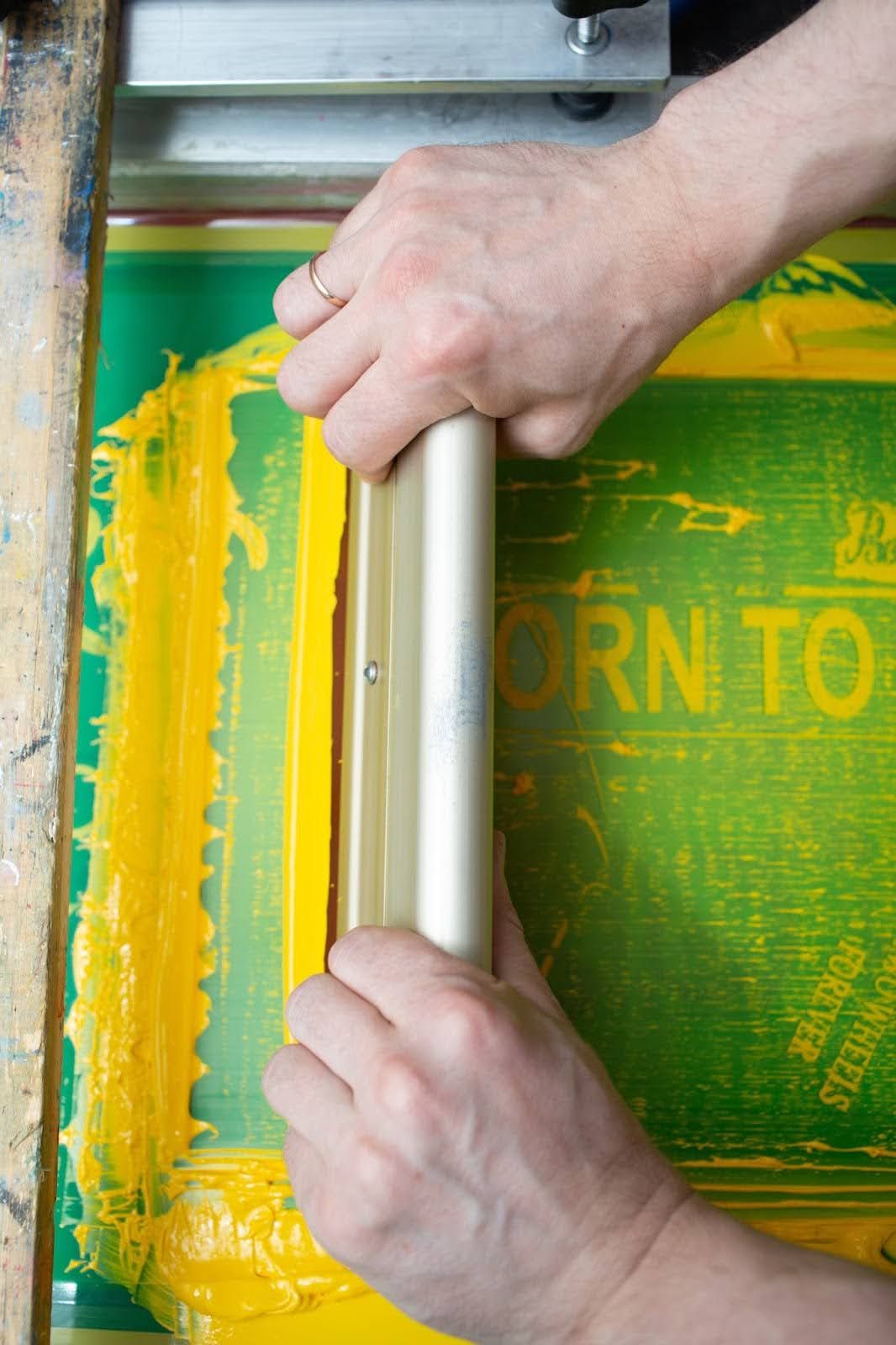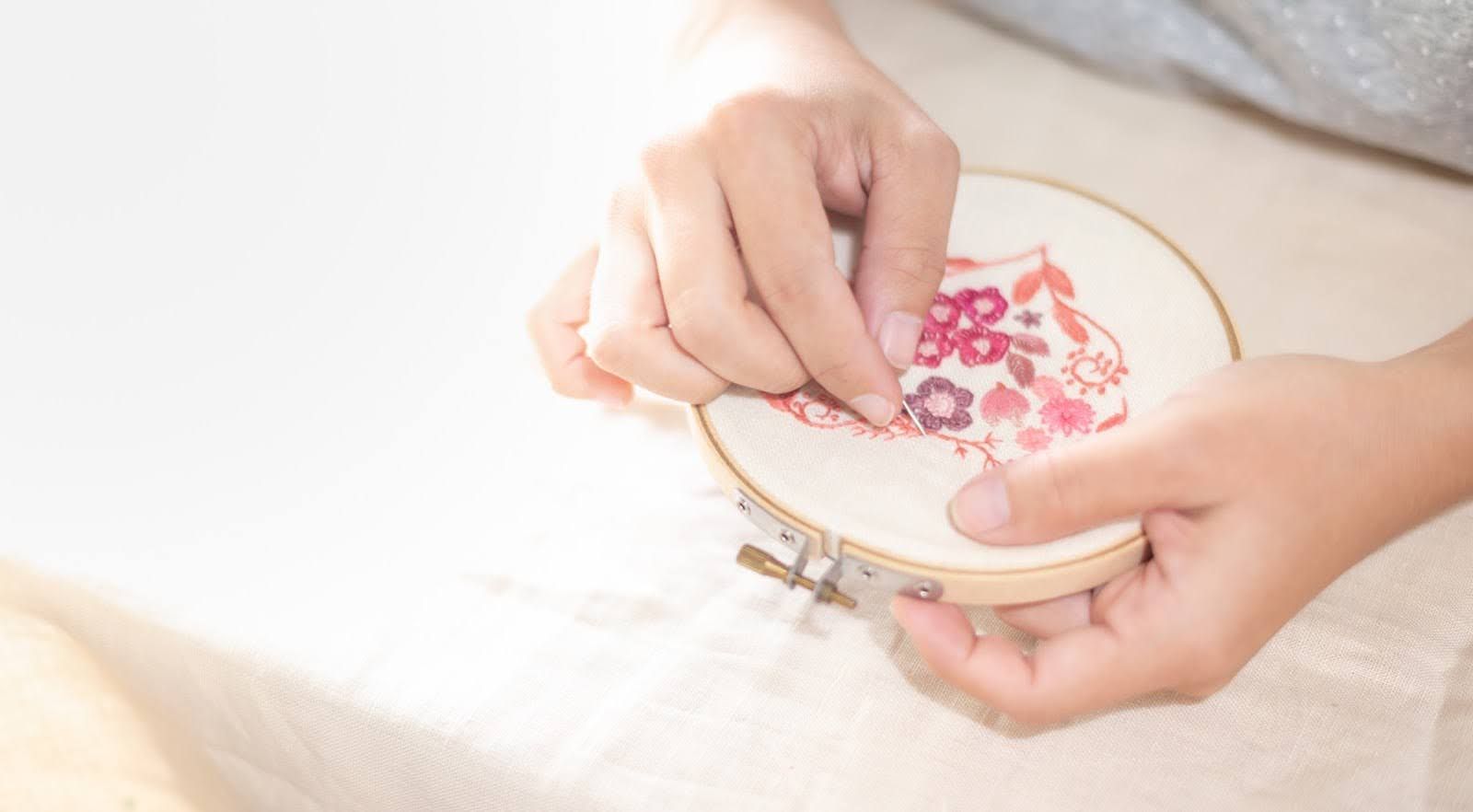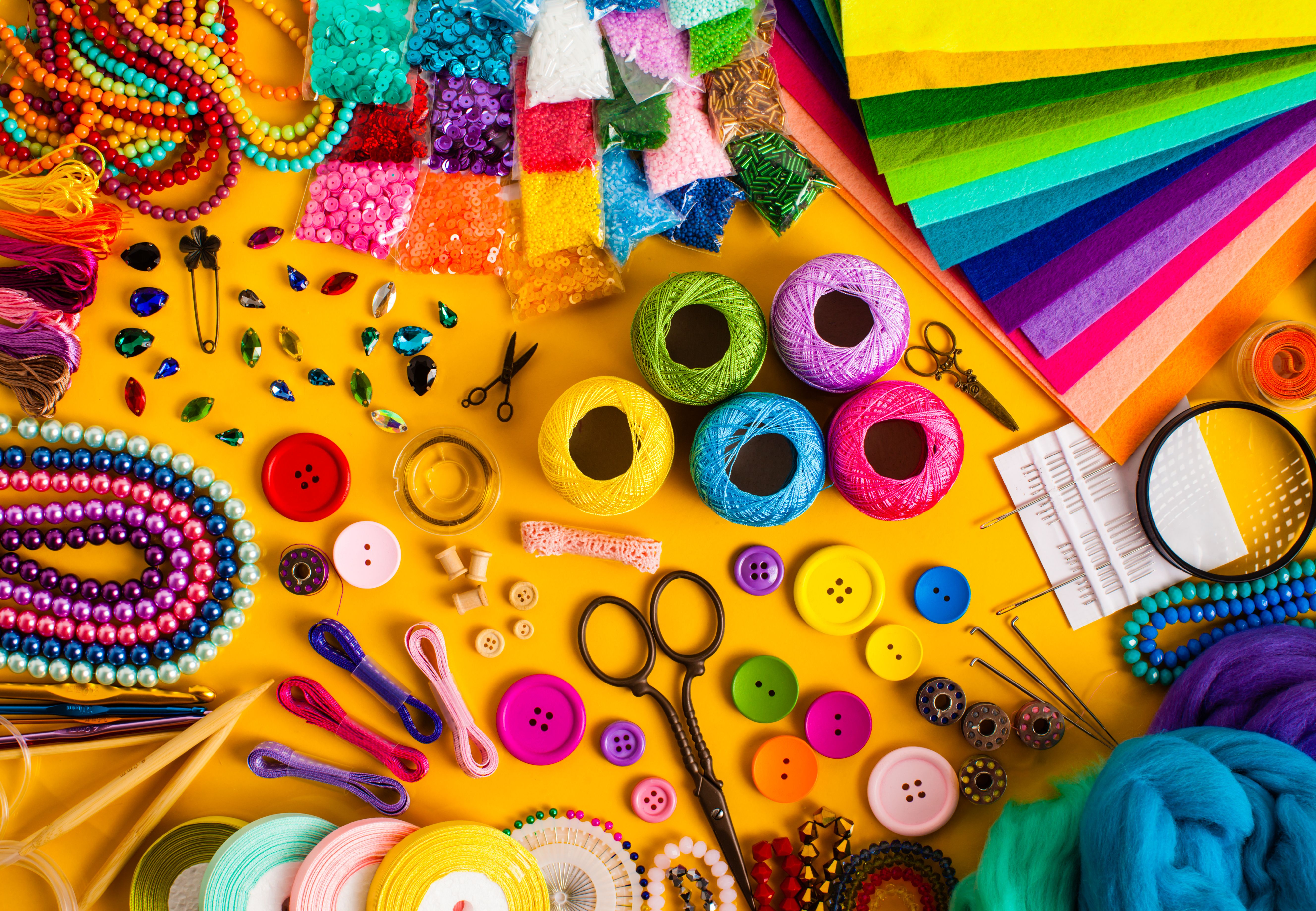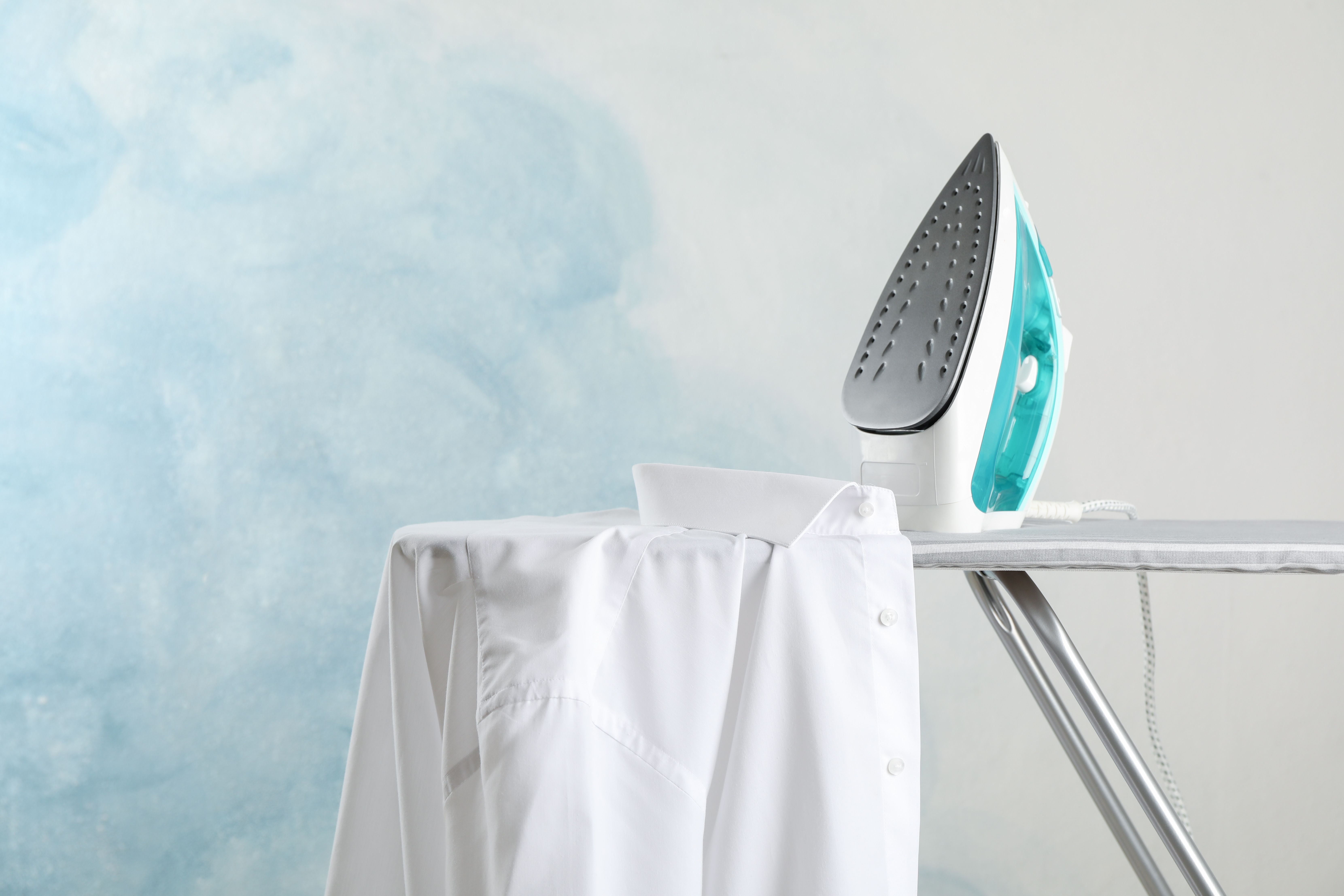Introduction: Why Should I Design My Own T-Shirt?
Designing your own shirt is not only a creative expression of your personality but also a way to create something unique. Whether you’re looking for a personalized gift for a special occasion, want to make a statement, or simply wear your own fashion creation – DIY T-shirts are a trendy project. In this detailed DIY guide, you'll learn everything you need to know to create your own shirt – from choosing the right material to design techniques and practical implementation.
Materials for Shirt Design
Depending on which technique you choose for your T-shirt design, you'll need different materials. Choosing the right ones is key to achieving the best result and ensuring the longevity of your T-shirt designs.
1. Fabric Paint
Fabric paint is ideal for creative techniques like hand painting or stenciling. Make sure to choose high-quality, wash-resistant, and colorfast fabric paints. Water-based paints are especially eco-friendly and gentle on the fabric. You can use brushes, sponges, or special fabric markers to create unique and personalized designs.
Tip: Use high-quality fabric paints that are permanent and washable once dry. Follow the manufacturer's instructions for setting the paint. For more info, see our care instructions for T-shirts and hoodies.
3. Transfer Paper for Textiles
If you want to transfer complex designs or photos to your T-shirt, transfer paper is your best choice. It works with inkjet or laser printers. Make sure to use paper suited to the fabric type (e.g., cotton or polyester). The design is printed on the paper and then transferred to the fabric using a iron or a heat press.
Advantage: This method is especially good for detailed designs and photo prints.
My personal experience with transfer paper: The first time I used it, I printed the design mirrored. Make sure to print in the correct orientation! I also recommend testing on a sample fabric first to ensure the print looks as expected.
4. Fabric Markers or Pens
These are perfect for detailed drawings, fine lines, and personalized lettering on your T-shirt. High-quality fabric markers are permanent and washable, so your designs last long. Choose markers that are clearly visible on both light and dark fabrics. With special textile markers you can create especially fine lines and contours.
5. Embroidery on T-Shirts and Hoodies
Embroidery gives your shirt a classic, elegant touch. Though time-consuming, the result is durable, unique, and very robust. Using high-quality thread creates designs that are both visually appealing and resistant to wear and frequent washing. A big plus is that embroidery provides a special texture and depth that is hard to achieve with other techniques. You can experiment with different thread types and colors to give your designs a personal touch.
To apply
embroidery on T-shirts, you need an embroidery hoop to keep the fabric taut and even during stitching. Another key aspect is
choosing the right needle, which can vary depending on fabric and thread thickness. Beginners should start with simple patterns like monograms, initials, or small floral designs to get a feel for the technique.
Once you’ve gained experience, try more complex patterns and larger motifs. Embroidery works on
almost any fabric, but it looks especially good on cotton and denim. Another benefit is that embroidery is colorfast and durable – even after many washes, the design stays sharp and visible.
Tip: If you want to
try embroidery yourself, start with simple patterns like initials or small flowers before tackling bigger projects.
The choice of materials depends heavily on your chosen technique and desired look. Experiment with different
design techniques to create your unique
DIY T-shirt!
Skip the Effort – Design Your T-Shirt Easily Online
If you want to skip the elaborate process, you can design your T-shirt conveniently using our Design Tool. Choose from various designs, customize your shirt to your liking, and bring it to life in your preferred style – without needing to paint or print it yourself. Fast, easy, and hassle-free!
Conclusion:
Your DIY Shirt – A Creative Expression
Designing your own shirt is a rewarding and creative activity that not only gives you a unique piece of clothing but also strengthens your craftsmanship.
With the right materials, tools, and techniques, you can bring your ideas to life and make your own fashion statement. Whether you're a beginner or an experienced DIY enthusiast – the world of shirt design is open to you!
My first shirt design wasn't perfect, but that’s okay! Don’t be afraid of making mistakes – many of my best results came from happy accidents I wouldn’t have tried otherwise. Use your creativity and allow yourself to experiment.
Tip: Remember that the journey to the perfect shirt is filled with fun and experimentation. Dare to bring your ideas to life and let your creativity run wild!

